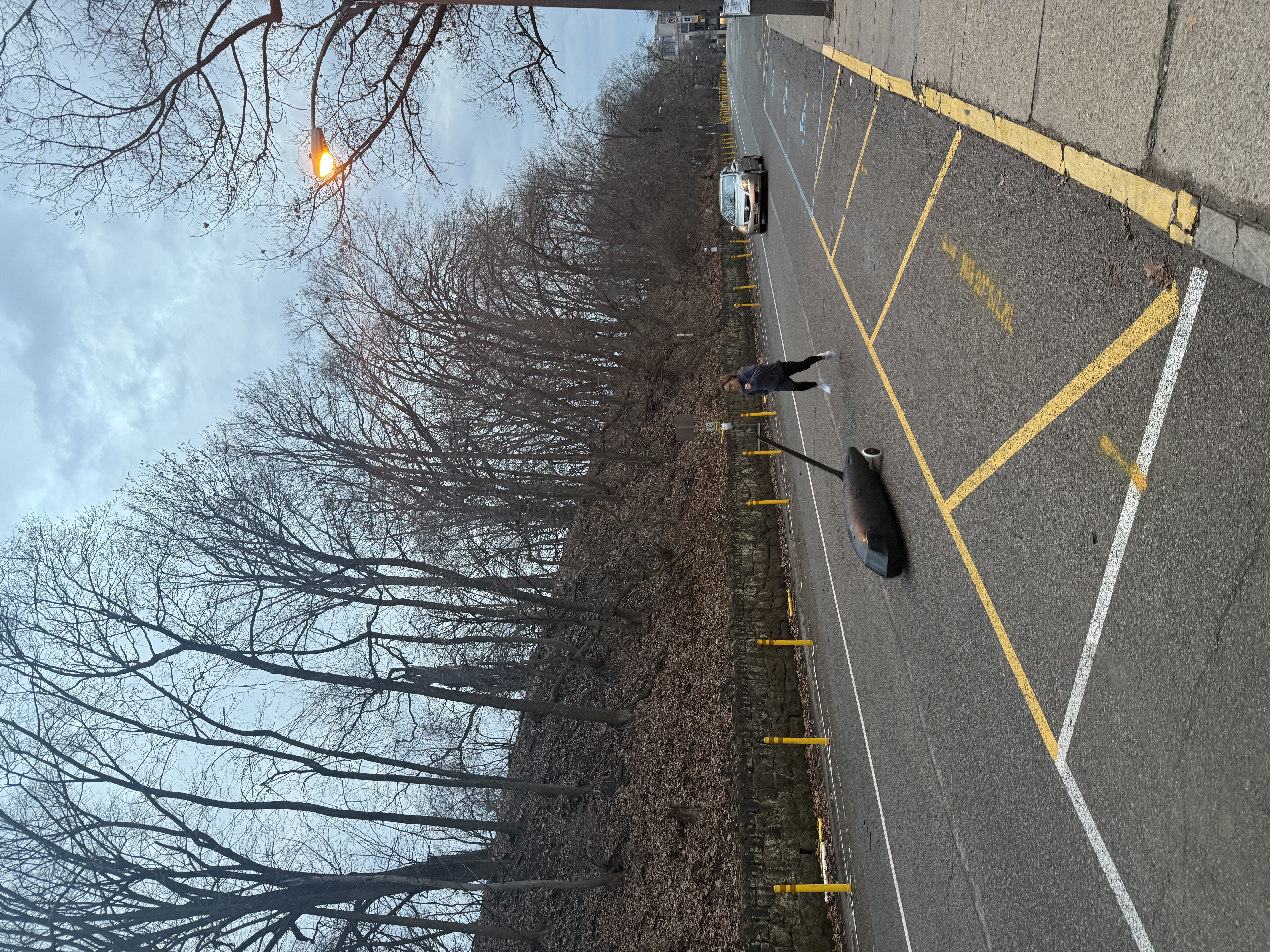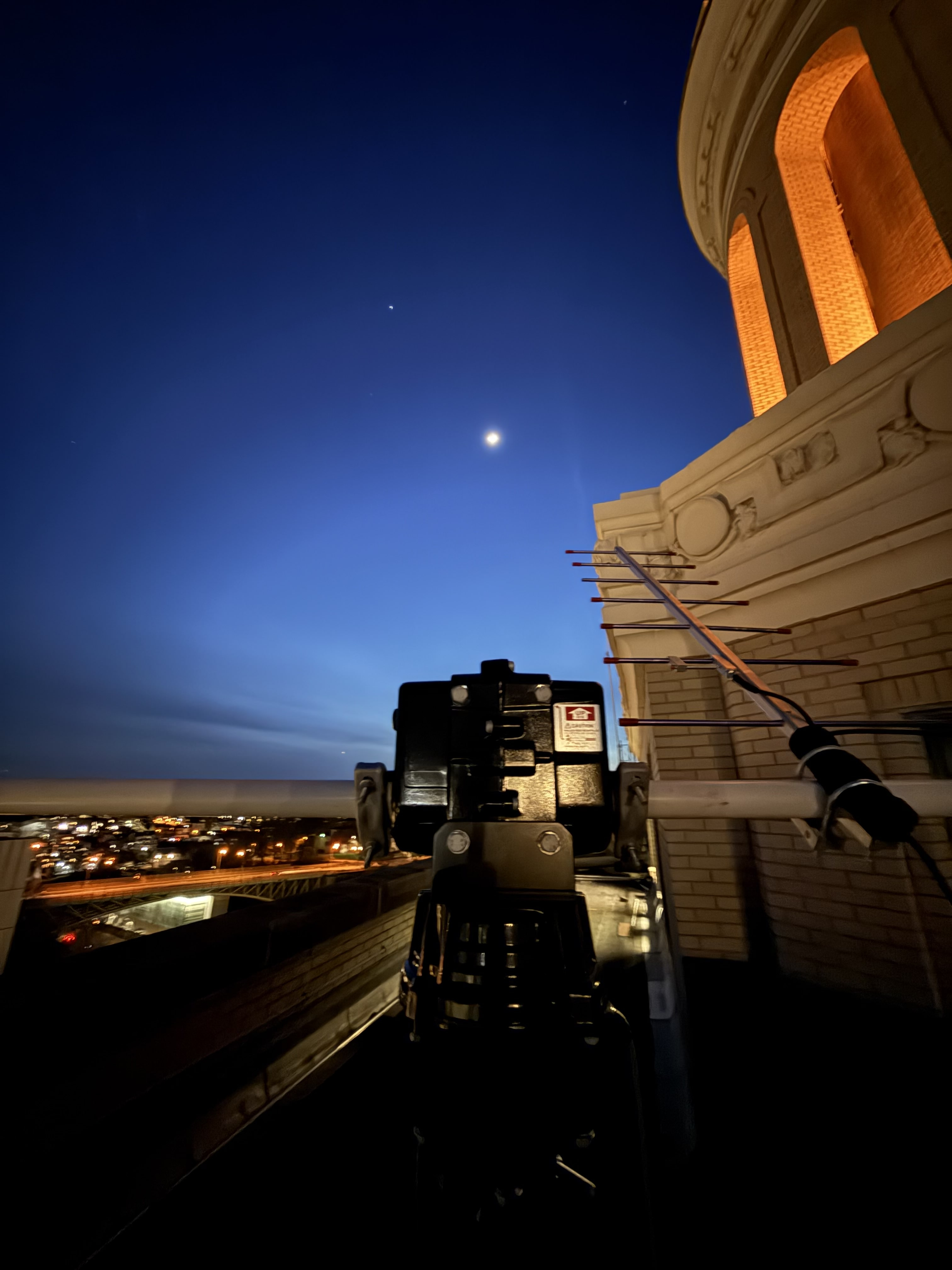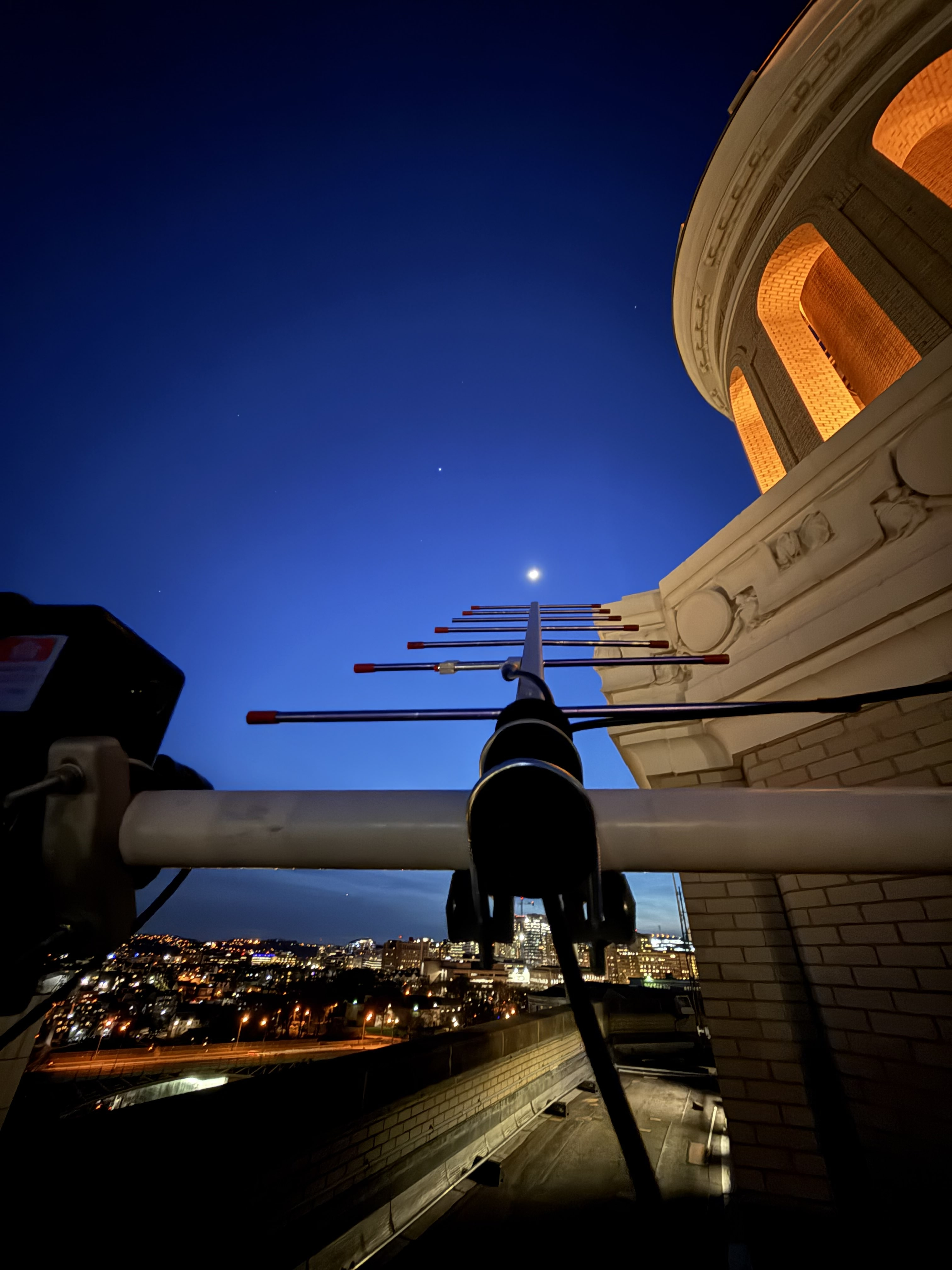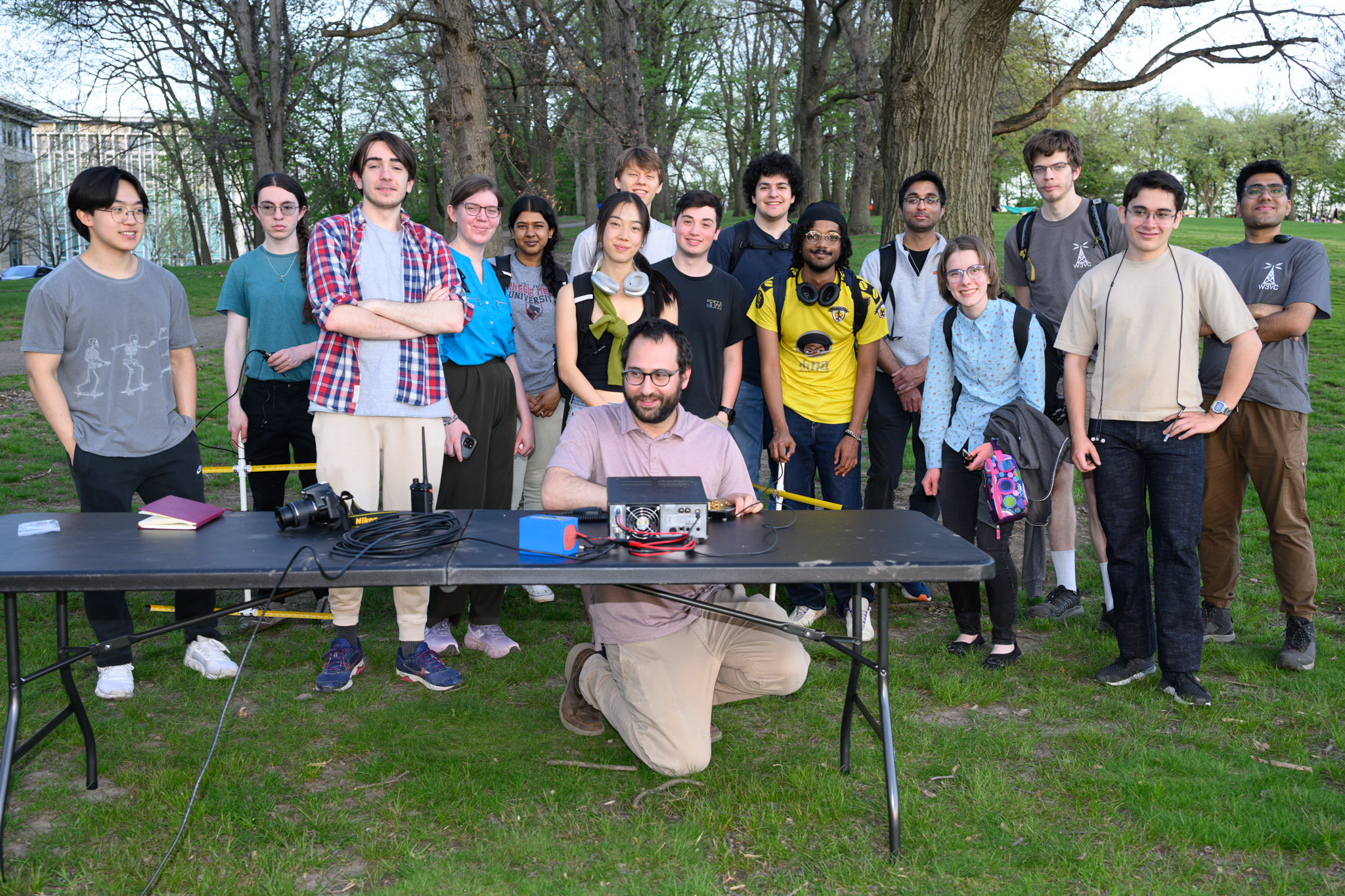My Journey into the World of Amateur Radio
My journey into the fascinating world of amateur radio began in 2018 when I purchased my first handheld radio (Baofeng UV-5R). In hindsight, I did not understand what it was; I just found the radio to be “cool” and made an impulse purchase.
In 2018, armed with my new handheld radio, I started passively listening to the ham bands. The airwaves were alive with conversations, morse code, and digital signals from VU2FUN and VU2HUB repeaters. I contacted the custodians of these repeaters and was amazed by the friendly and helpful nature of the ham community. I joined the Delhi Amateur Radio Technical Society (DARTS) and started attending their events. These groups provided invaluable support and knowledge, fueling my growing passion for the hobby.
Becoming a Licensed Operator
The path to becoming a licensed amateur radio operator was not without its obstacles. My frequent moves and the global pandemic delayed my plans to take the licensing examination. However, persistence paid off, and in 2020, I finally had the opportunity to sit for the exam.
In January 2021, my efforts were rewarded when I received my official general grade amateur radio operator’s license with the call sign VU3DTU. This marked the beginning of a new chapter in my ham radio journey, opening up possibilities for transmitting, experimenting, and connecting with fellow enthusiasts around the globe.
Starting a Radio Club
In 2021, soon after receiving my license, I started trying to set up a radio club with my best friend Anirudh (VU2EHF) in my undergraduate university, Vellore Institute of Technology (VIT). I was able to get the support of the then Dean of the School of Electronics and Communication Engineering, Dr. Harish Kittur, and we were able to get the club approved by the university after a year of effort. VIT Amateur Radio Club (VARC) started in 2022, and I was grateful to be the first Chairperson of the club. We conducted several events like receiving Slow Scan Television (SSTV) images from the ISS. I was also able to interview some amazing people in the world of amateur radio including Scott Telly, the popular amateur astronomer. The club worked on some interesting projects including an amateur radio cube satellite (Amsat).
CMU
In 2025, I moved to Pittsburgh, USA for graduate school to Carnegie Mellon University (CMU). At CMU, I joined the Carnegie Tech Radio Club (W3VC) and became an active member. W3VC was founded in 1914 and is one of the oldest clubs at CMU. Our shack is located in the turret of the iconic Hamerschlag Hall. I did a lot of work with the club including waking up at 5 AM for Buggy rolls. The CMU Buggy (also called Sweepstakes), is a race around the Flagstaff hill of Schenley Park. It is a relay race with five runners, with a buggy vehicle. Buggy is a small, usually torpedo-shaped, vehicle that is pushed uphill and then allowed to free-roll downhill. The driver lies down inside the vehicle with the steering and brake controls. The vehicles are completely unpowered, including the prohibition of energy storing devices such as flywheels. W3VC is an essential part of buggy and is responsible for providing communication between race officials, other volunteers, and emergency personnel around the course. We make it possible for race officials to know when the course is clear and safe for buggies to roll, and to track buggies as they travel around the course at speeds approaching 35 MPH. This is serious business and we have a very detailed handbook detailing the operations.

Apart from buggy, I also worked with the club in Fram2Ham SSTV competition. Fram2 mission was the first human spaceflight launched into a polar orbit. Fram2Ham was a competition in which the SpaceX Crew Dragon spacecraft sent SSTV images of geographical locations. We collaborated with the radio club from UC Berkeley.


In my first semester, I became a Teaching Assistant for the Introduction to Amateur Radio course (18-059) taught by Tom Zajdel (AA3TZ). During the course I helped in organizing a couple of fun activities including Yagi antenna building lab, and SSTV image reception event, and a fox hunt on our field day. This semester I also got my general grade amateur radio license in the USA (Callsign: KD3AXL).

I did some other interesting endeavors like taking my buggy experience to a whole new level by volunteering as a track marshal for the Pittsburgh Vintage Grand Prix. I also helped in comms during the CMU SCS Pretty Good Race.
In my second semester, I became the Station Manager for the W3VC club. I helped take care of the club’s shack and equipment. I also helped in the club’s operations. This semester I became really involved with Long Range Radio (LoRa) communication especially mesh networks like meshtastic. I tested several mesh nodes including Seeed Studio Wio M1, Lilygo T3 and Seed Studio nrf52840+Wio-SX1262. We went on a day trip to Laurel Highlands to make some Parks-in-the-Air (POTA) and Summits-in-the-Air (SOTA) contacts. We made over 70 contacts in many different HF bands. I also got my hands on some new handheld radios like Radtel RT950 Pro and Quancheng UV5(8).
Going to add more here soon!
Enjoy Reading This Article?
Here are some more articles you might like to read next: